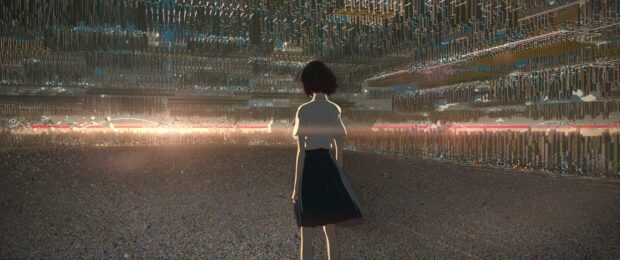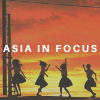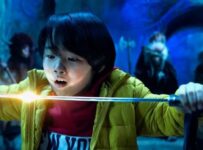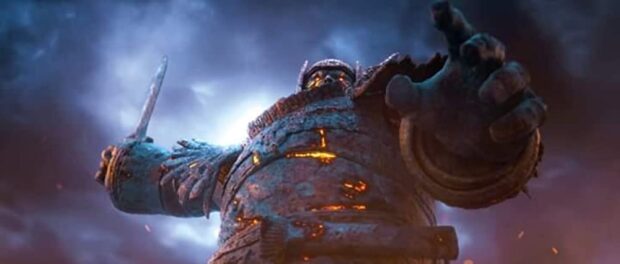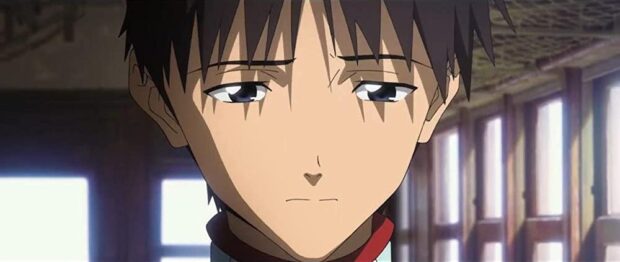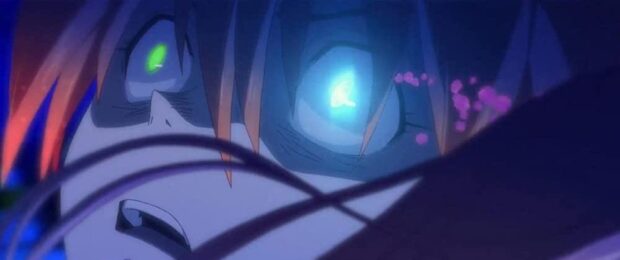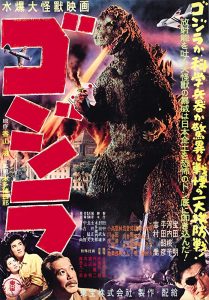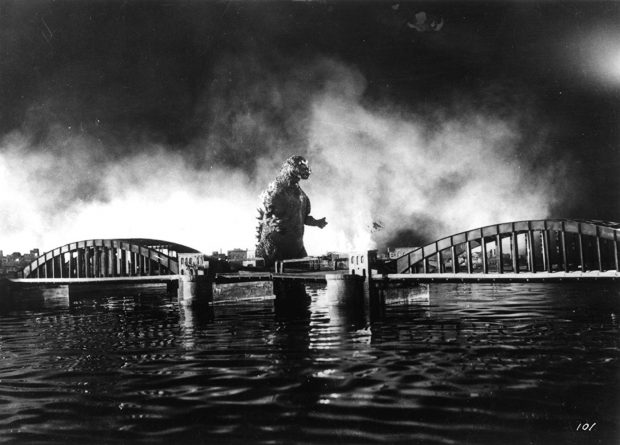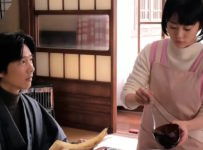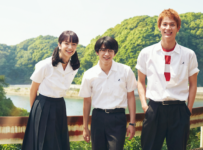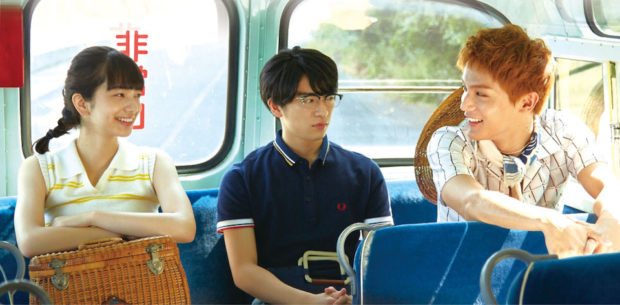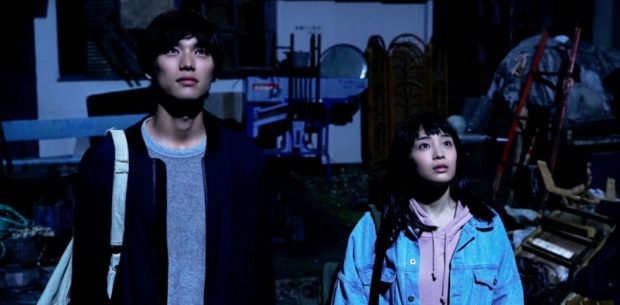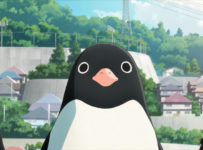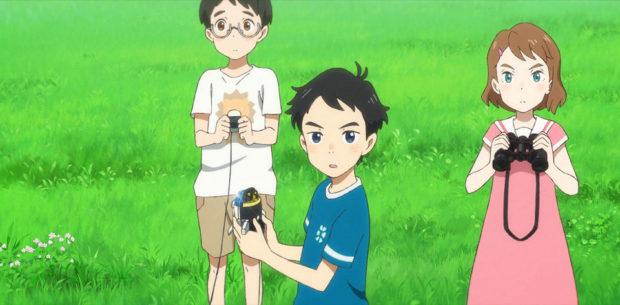Godzilla is pretty big right now. Not just physically, although the iconic kaiju has grown significantly over the decades. Yet with a massive Hollywood franchise, an anime film series and several Japanese films all running simultaneously, it’s safe to say that the big lug is still stomping all over our hearts almost 70 years after he was first introduced to audiences.
So, writer/director Takeshi Yamazaki’s GODZILLA MINUS ONE (ゴジラ-1.0) is something of a revelation. Starting during the closing days of the Second World War, we are introduced to Godzilla through the eyes of kamikaze pilot Kōichi Shikishima (Ryunosuke Kamiki). Having faked plane issues, he and the repair crew encounter a younger Godzilla on Odo Island. Shikishima has the opportunity to shoot the beast, but freezes at the fateful moment.
Several years later, Shikishima lives with Noriko Ōishi (Minami Hamabe) and an adopted child orphaned during the war. As a devastated Tokyo tries to rebuild, the sudden appearance of the giant Godzilla – enlarged by the US nuclear tests at Bikini Atoll – reawakens Shikishima’s survivor guilt.
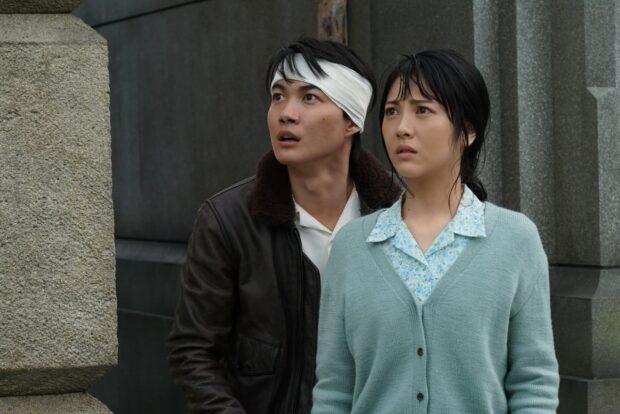
Indeed, it’s this theme of guilt and trauma that pervades Yamazaki’s film more than anything else. The later period of Tokyo’s rebirth has long fascinated Yamazaki in the Always Sunset on Third Street series, but like In This Corner of the World or Grave of the Fireflies, here is a film that shows the raw devastation of Japan immediately after the war. (In this sense, it’s an interesting parallel with this year’s Oppenheimer).
Yamazaki embodies this theme in Shikishima and the cross-sectional band of scrappy chaps surrounding him: the intellectual, the working class survivor and a young man who never got to fight in the war. The ultimate thesis – that it’s ok if you don’t feel the need to die for your country – has no chance of getting lost in the action. It looms as large as Godzilla on the Ginza skyline.
Like the original Godzilla (1954), the film acknowledges the impact of the nuclear bombs dropped on Japan, but manages to comment on contemporary Japan as well. With another narrative thread endorsing citizen action when governments fail, it’s probably no stretch to suggest that this – like Hideaki Anno’s Shin Godzilla (2016) before it – is just as much a response to the 2011 tsunami and Fukushima nuclear accident as it is to Hiroshima/Nagasaki. Yamazaki isn’t afraid to linger on the quiet revelations, mirroring the introspective drama of postwar Japanese cinema.
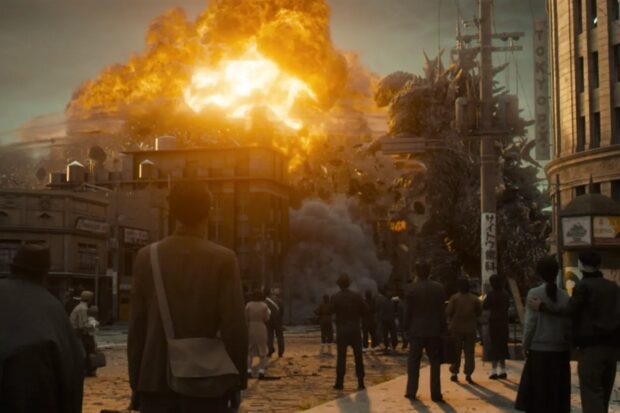
Yet this is still a kaiju movie, and those looking for large scale destruction won’t be disappointed either. Every cent of the modest $15 million budget is present on screen, and is infinitely more effective than some recent films that cost ten times that. From the moment Godzilla appears on screen, it is a tangible entity acting with a lightning fast savagery hitherto unseen from the creature.
As Godzilla grows in size, so too does the scale of the action. At full strength, Godzilla is capable of reducing a city to rubble with a single blast. Naoki Satō’s score, often drawing from earlier iconic soundtracks, is used like a scalpel to draw in the audience. By the time we reach the heart-stopping climax, only the hardest of hearts won’t be invested in the drama.
While there will always be fierce debate as to which is the greatest Godzilla film of them all, GODZILLA MINUS ONE makes a pretty good case for being somewhere on the podium. As the US counterpart preps another monster mashup for Godzilla’s 70th anniversary in 2024, here’s a film that reminds us of the power of Godzilla’s streamlined roots.
2023 | Japan | DIRECTOR: Takashi Yamazaki | WRITERS: Takashi Yamazaki | CAST: Ryunosuke Kamiki, Minami Hamabe, Yuki Yamada, Munetaka Aoki, Hidetaka Yoshioka, Sakura Ando, Kuranosuke Sasaki | DISTRIBUTOR: Toho (Japan), Sugoi Co. (Australia)| RUNNING TIME: 125 minutes | RELEASE DATE: 1 December 2023 (Australia), 3 November 2023 (Japan)


